Tips for Home Canning Tomatoes
This page may contain affiliate links. More Information.
When it’s tomato season, it’s time to learn about home canning tomatoes!
When your tomatoes get ripe, you’ve got a counter full of tomatoes that must be processed ASAP, before they spoil. In this video, we’re going to talk about three important things you should know about home canning tomatoes.
A list of recipes and instructions at the bottom of the page will lead you to exact instructions.
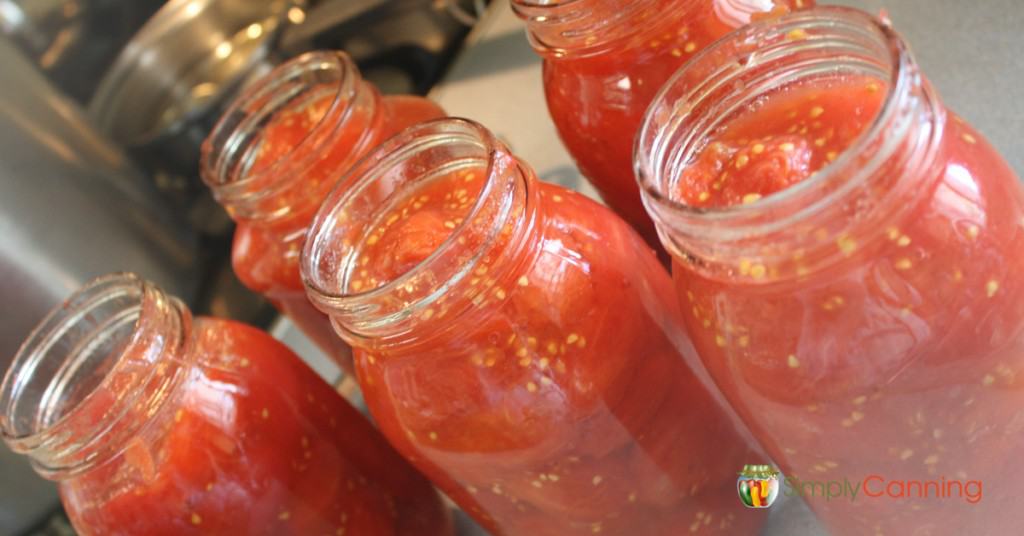
3 Tips for Home Canning Tomatoes
Freezing Your Tomatoes Before Canning Them
Obviously, you need to peel your tomatoes before you can them. But instead of spending hours peeling them by hand, try this: Wash and put the tomatoes in baggies in the freezer. After they’ve frozen, remove them from the freezer and run them under hot water. As the outside of the tomato thaws, that skin pulls right off.
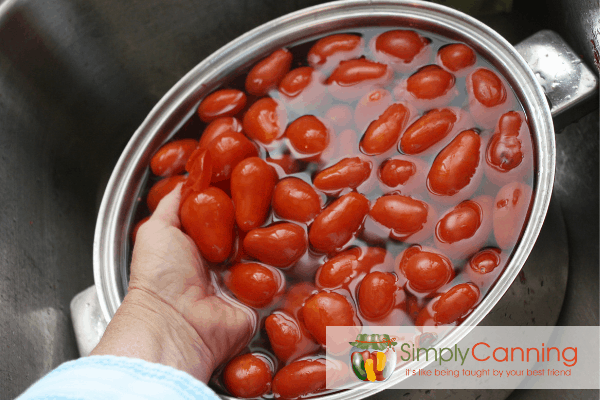
After the skin has been removed, pop the tomatoes in some kind of a bowl or container and let them completely thaw. Once they’ve thawed, go ahead and can them.
This is a super easy way to peel tomatoes. It’s not fast–you have to put them in the freezer and wait for them to freeze–but you’re not actually standing there peeling them. It’s so much easier! (See how easily the skins come off in this video.)
Floating Tomatoes vs. Tomato Sauce
When you’re canning tomatoes, sometimes you get a tomato sauce, where the tomato is mixed evenly into the mixture. But sometimes, you’ll get a layer of clear liquid on the bottom of your jars, with the tomatoes floating on top. Unfortunately, it’s just a matter of the process. If you can raw-packed tomatoes, for example, those tomatoes will probably float.
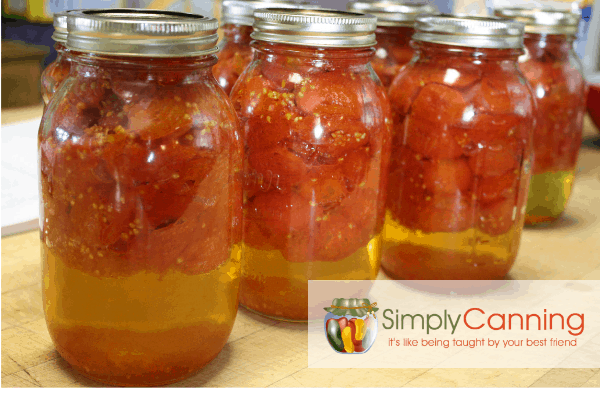
If you don’t want them to float, make tomato sauce instead. Put the tomatoes in a container, smash them to get the juices flowing, and then simmer. That’s going to produce tomato sauce.
If you’re canning raw-packed tomatoes, realize that the tomatoes will float, but they will also have a bit more texture, even though they’re soft.
My husband opens a jar of raw-packed tomatoes, drains them really well, and then uses them on his salad! It’s mushy, and I don’t personally like it that way, but he LOVES the tomato flavor that it adds to his salads!
Acidifying Your Tomatoes
This is a hot topic. Some people believe that you need to acidify, and some people don’t. In the past, you didn’t have to acidify your tomatoes. You could just process them in a water bath canner, because they already had enough acidity, making the process safe.
Since then, conditions have changed. I think it’s probably a combination of the tomatoes themselves, since we have all of these hybrids now, plus soil and atmospheric conditions. Regardless of the cause, everyone agrees that our tomatoes are not as acidic as they used to be. So today, it’s recommended that you add acid to your tomatoes, to bump down the pH level a bit. You can still toss them in a water bath or use a pressure canner, but make sure you add acid first.
You can do that in two ways:
First, you can use lemon juice, which is what I usually pick. Use a bottled lemon juice, because bottled lemon juice contains a steady, certain amount of acid. My jar doesn’t list the acidity level of the lemon juice, but you’ll want to use bottled lemon juice, since fresh lemons won’t necessarily provide that standard acidity.
Second, you can use a product called citric acid. Ball, for example, produces it. It comes in a little jar, and you can buy it at Walmart, Amazon, and other stores that sell canning supplies. (I always have lemon juice on hand, so I just use that.)
Conclusion
When you’re home canning tomatoes, remember that that freezing tomatoes is an easy way to peel them. Also remember that if you don’t like floating tomatoes, make a tomato sauce. And finally, watch the acidity when you’re home canning tomatoes. These three simple tips will help you can tomatoes safely and easily!
Related Pages
Tips for Home Canning Tomatoes
It’s tomato season, and you’ve got a counter full of tomatoes beckoning you. Before you start canning, here are 3 things you should know about home canning tomatoes.
Freezing Tomatoes
Freezing tomatoes can be as straightforward or as complicated as you want it to be. With or without skin, cut or whole, SimplyCanning.com covers it all with a ‘how to’ video included.
Dehydrating Tomatoes in a Food Dehydrator
Learn how to dry tomatoes in a food dehydrator.
Pin This to Find Later:
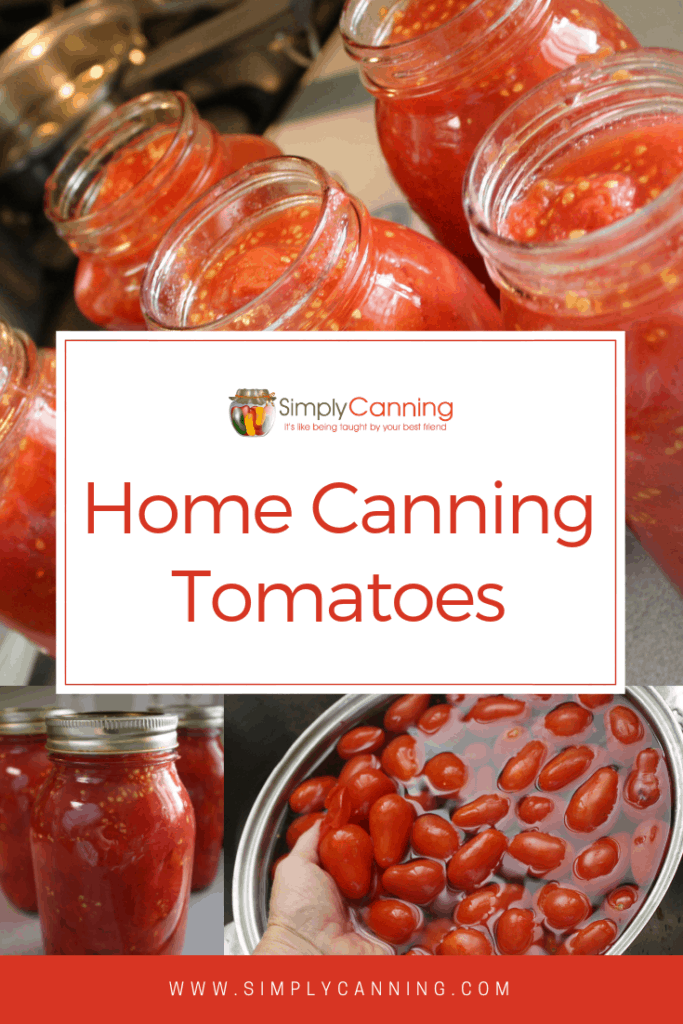
Page last updated: 5/7/2021

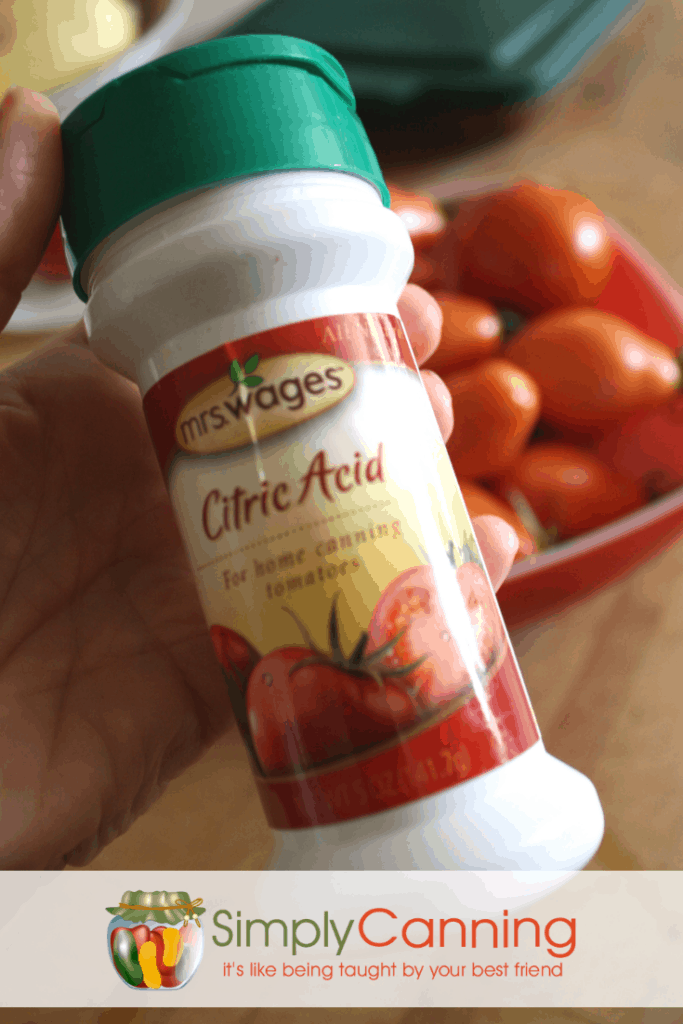
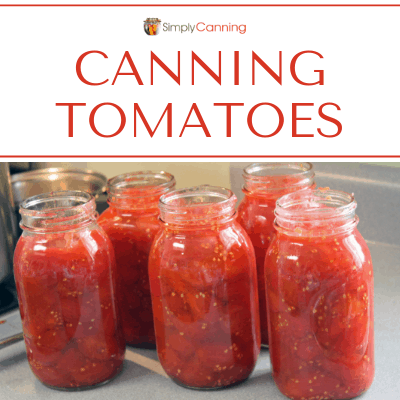

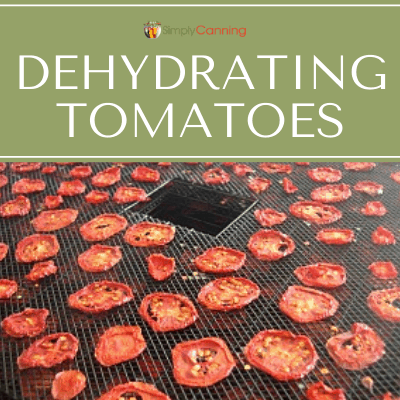
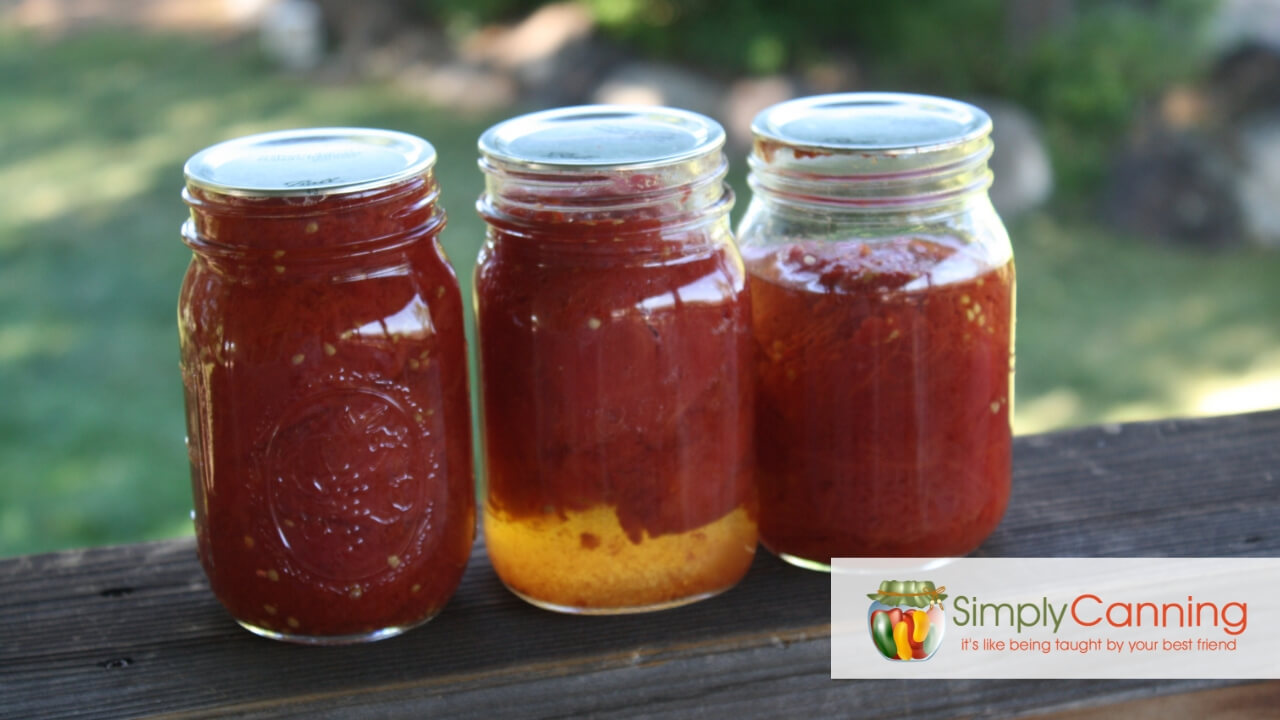
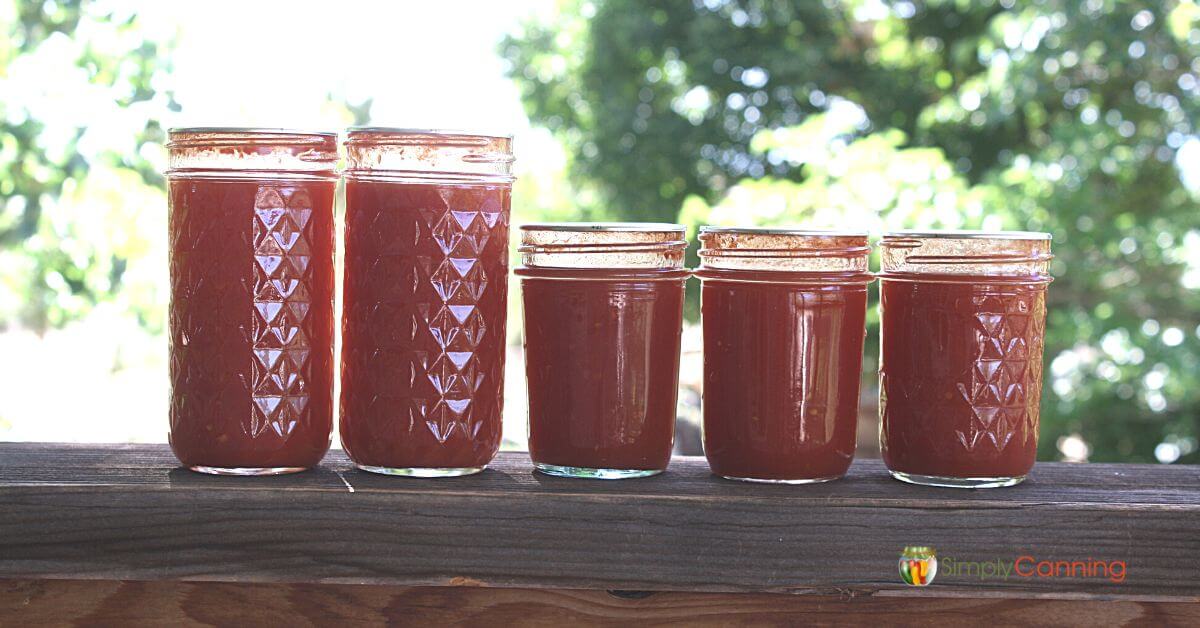
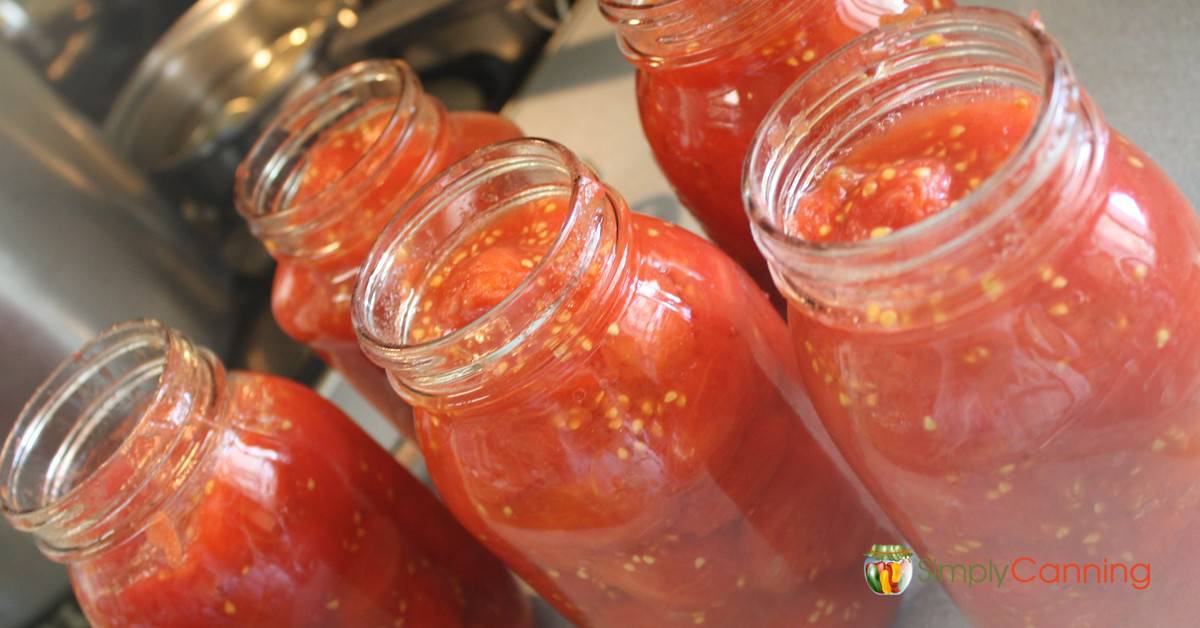
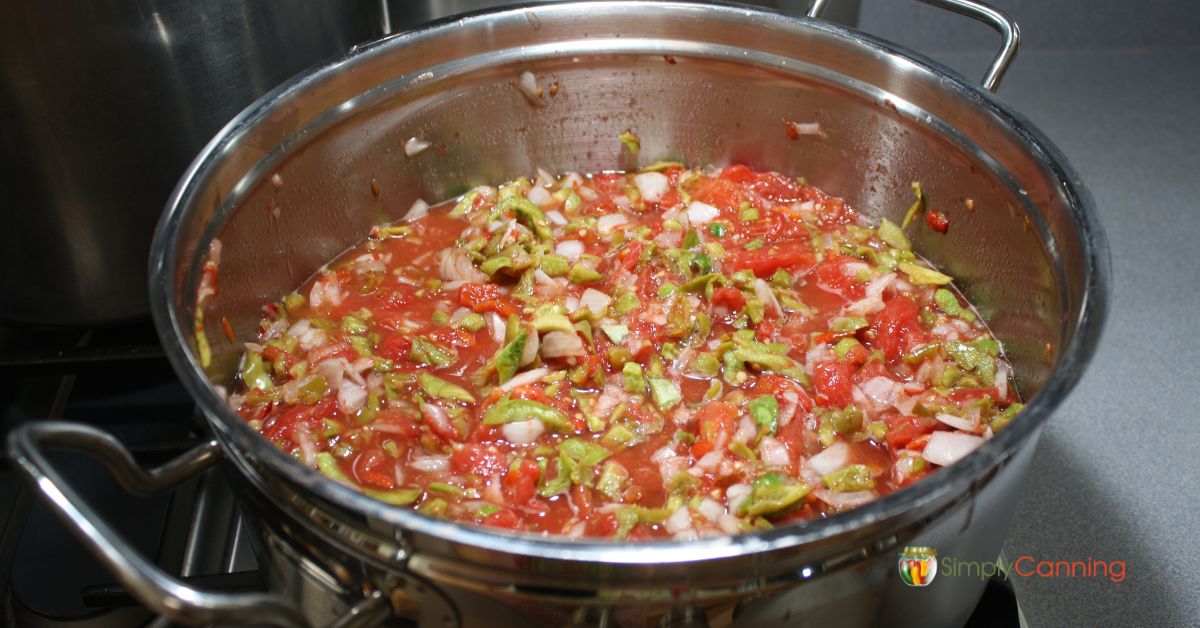
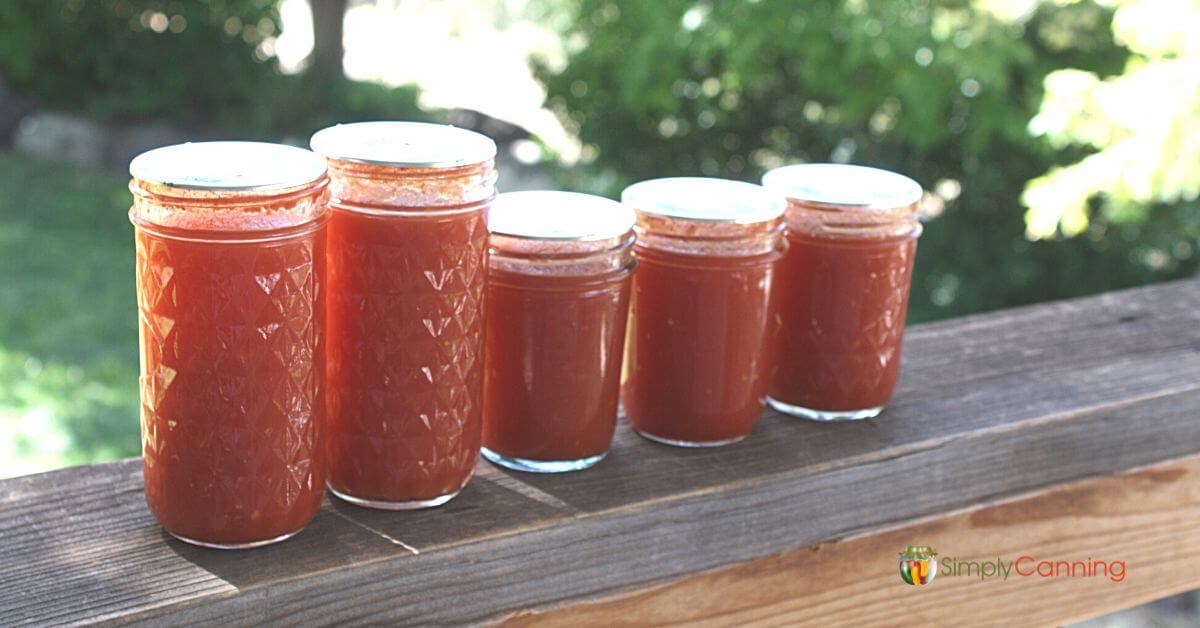
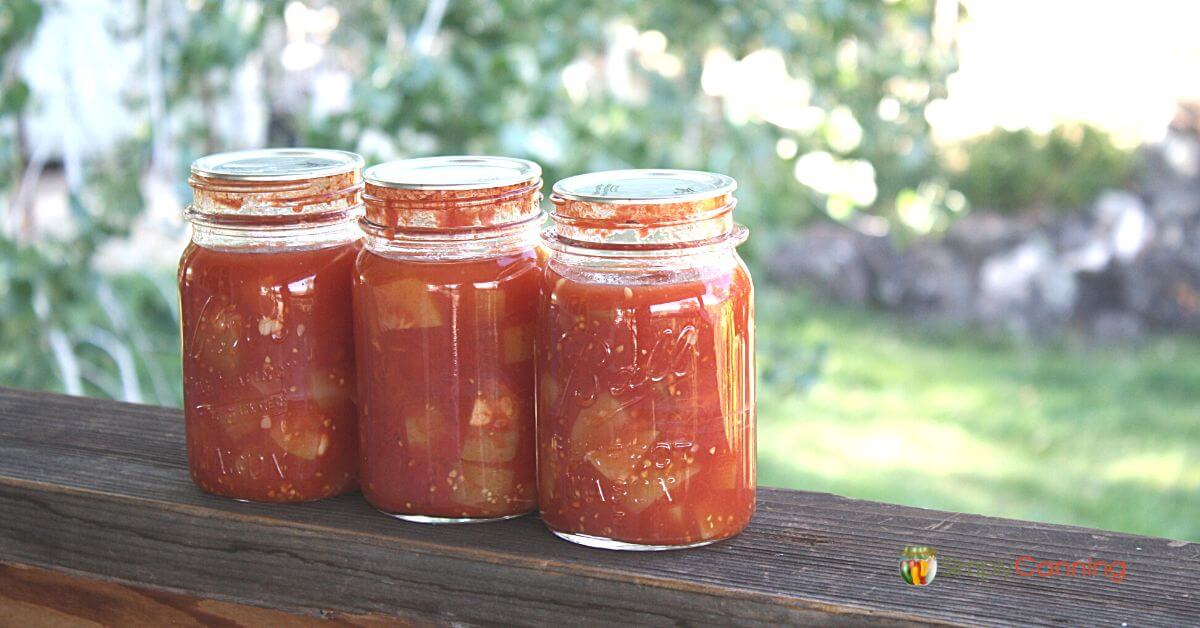
Hi Sharon, you recently published a recipe for Mom’s Chili Sauce. Before I had a chance to transfer it to my permanent recipe3 file, my computer died.
I would very much appreciate it if you could tell me how to find that recipe again. I have toatoes waiting to be canned and wanted to use your recipe .
Thanks, Suzanne
Can I use vinegar instead of lemon juice or citric acid, I don’t have either, doing hot water bath canning
Hi, Kathy,
Yes, you can use 5% vinegar. According to Penn State Extension, in whole, crushed, or juiced tomatoes, you should add 4 tablespoons of 5% vinegar per quart of tomatoes or 2 tablespoons of 5% vinegar per pint of tomatoes. They also mention adding sugar to offset acidic taste, if desired. https://extension.psu.edu/lets-preserve-tomatoes
-Rachel (Sharon’s assistant)
Why is it necessary to acidify pressure canned tomatoes? If we don’t have to acidify green beans, corn etc when pressure canning, why tomatoes?
This is a great (and valid) question! Sharon addresses it in more detail on this page: https://www.simplycanning.com/how-to-can-tomatoes/
-Rachel (Sharon’s assistant)